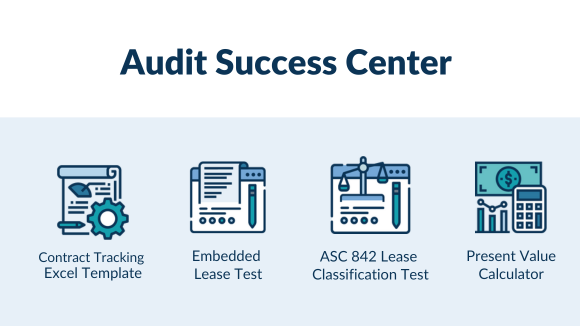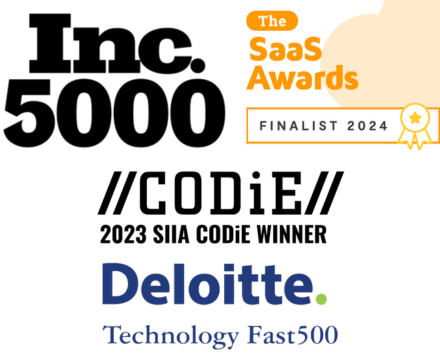Every company has a variety of costs, from office leases to software, and these expenses must be assigned into different categories to be accounted for correctly. The most common of these categories are capital expenditures (CapEx) and operating expenses (OpEx).
CapEx and OpEx are accounted for and presented differently on a company’s financial statements under US GAAP. This article compares the differences and similarities between capital expenditures and operating expenses so you can properly classify and account for your business’ costs.
CapEx (Capital Expenditures)
CapEx are purchases that will be used to improve or provide future value for the company beyond the current year. They are typically purchases of fixed assets, like property, plant, and equipment (PP&E), and any expenses to improve those fixed assets, such as expansion or enhancement of the asset. CapEx typically has a higher up-front cost and represents an investment in the company’s future through future revenue production or support for the organization.
How is CapEx reported?
Because CapEx intends to acquire assets whose benefits are realized over time, these costs are capitalized and reported on the balance sheet as an asset rather than immediately expensed.
As these costs are associated with a capitalized asset that will typically be used over multiple years, the asset must be depreciated (if tangible) or amortized (if intangible) over its useful life.
Depreciation is the method of accounting for the reduction of an asset’s value over time and is ultimately the way to allocate the cost of an asset over its life. For more information on depreciation and the different methods of depreciation, check out our article, “Depreciation Expense & the Straight-Line Depreciation Method Explained with a Fixed Asset Example & Journal Entries.”.
Some common examples of capital expenditures include:
- Land (does not depreciate)
- Buildings and associated improvement costs
- Vehicles
- Computers and other IT equipment
- Machinery
- Intangible assets like patents and licenses
- Company acquisitions
OpEx (Operating Expenses)
OpEx are ongoing or recurring costs intended to support a business’ day-to-day activities. Unlike CapEx, OpEx are shorter-term costs incurred through normal business operations and are typically used within a year of purchase.
How is OpEx reported?
OpEx are expensed immediately in the period in which the cost is incurred and therefore is reported on the income statement, not the balance sheet. Because OpEx doesn’t represent long-term value, it is neither capitalized nor depreciated over its useful life like CapEx.
A few common examples of operating expenditures include:
- Rent
- Employee compensation
- Repair and maintenance costs
- Utilities
- Legal fees
- Property taxes
- Insurance
- Other overhead costs
Is software CapEx or OpEx?
There are currently two subtopics that apply to the accounting treatment of software costs:
- ASC 985-20, Software – Costs of Software To Be Sold, Leased, or Marketed, applies to costs incurred when developing software that will be sold, leased, or otherwise marketed.
- ASC 350-40, Intangibles – Goodwill and Other – Internal-Use Software (ASC 350-40), applies to costs incurred in developing software for internal use or to provide services to customers.
Accounting for internal-use software has evolved as technology has advanced and software offerings have expanded. Internal-use software refers to software an organization is using rather than selling. When accounting for software meant to be used internally, three main types of software should be considered:
- Purchased software
- Internally-developed software
- Software as a service (SaaS)
Purchased software bought and used without any customizations is a capital expenditure recorded on the balance sheet. Most companies will establish a capitalization threshold to set the minimum asset value that qualifies for this treatment. Therefore, smaller dollar-value software purchases may end up being expensed because they are not material enough to record on the balance sheet and depreciate.
Certain development costs may be capitalized for software developed by an organization for its own use. In general, whether the software is developed by a third party or employees, costs associated with implementation and designing and planning of the software are capitalized on the balance sheet. Whereas, maintenance costs are operating expenses, which are not capitalizable and expensed as incurred.
If the internally developed software is developed for sale, the development costs are not capitalizable until the software is technologically feasible. For more information on this concept, read our article, “Software Capitalization Rules under US GAAP and GASB.”
Software as a Service, or SaaS, is a popular software model most organizations are now familiar with. SaaS purchasing has increased exponentially to the point of requiring companies to adopt SaaS spend management practices to monitor and optimize their spending.
In general, subscription costs for SaaS agreements are expensed over the term of the contract as operating expenses and not capitalized. However, under ASC 350-40 some implementation costs for cloud computing arrangements can be capitalized and classified as CapEx. Check out our article on ASC 350-40: Internal-Use Software Accounting & Capitalization for more details.
CapEx vs OpEx: Which is better?
Capital expenditures are major purchases yielding future benefits to an organization. On the flip side, operating expenses are recurring or day-to-day costs incurred in the short term to keep a business up and running. Neither CapEx nor OpEx are “better,” but depending on your organization’s business strategy or goals, you may spend more in one category versus the other.
Because of the large up-front investment, CapEx can (and should) require more due diligence and approval steps. More research and time is spent on CapEx decisions and purchases to protect and preserve a company’s valuable resources and ensure such major investments support its strategic goals and future plans. Capitalization allows companies to record assets on the balance sheet and recognize the expense (depreciation) over the useful life of the asset in parallel to the benefit they receive.
OpEx is often less costly, as it provides shorter-term benefits, and is ultimately more easily integrated into a company’s day-to-day. As such, these types of expenses normally require fewer approval steps and allow companies to stay flexible by keeping more cash on hand than making larger capital expenditures.
As previously discussed, the accounting treatment differs for CapEx and OpEx and they are presented differently on a company’s financial statements. CapEx is reported on a company’s balance sheet as an asset and depreciated over time, while OpEx is recorded on the income statement and expensed as incurred.
The choice between CapEx or OpEx is not about one being inherently superior, but rather should be based on what the organization wants to accomplish. As a reference, below is a summary of the differences between the two.
Summary
CapEx and OpEx are two main categories of costs incurred by an organization. As a general rule, CapEx is usually future-sighted, while OpEx is focused on the present or near-term. US GAAP requires organizations to identify and categorize their costs into the correct bucket because the accounting treatment and financial statement presentation are different for each. CapEx is recorded on the balance sheet as a capitalized asset which is depreciated (if tangible) or amortized (if intangible) over time. OpEx is recorded on the income statement and is expensed when incurred because the benefits of having the asset are typically realized within a year.
Understanding the difference between CapEx and OpEx is critical to a company’s ability to make strategic decisions for its future and maintain compliance with US GAAP.










